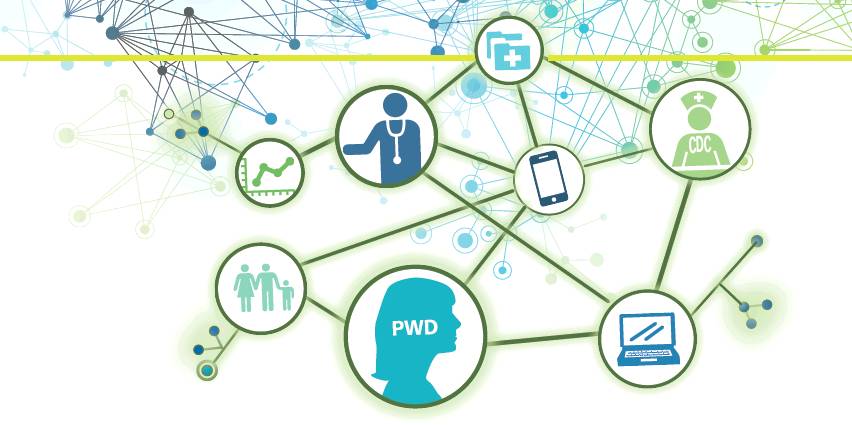I Attended an Afrezza Sales Pitch

I was about to take part in a sales pitch for Afrezza, the inhaled insulin product marketed by Sanofi. Being a good reporter, I decided to do some homework before attending the presentation.
Ever since the last inhaled insulin product, Exubera, failed in the marketplace, people have been wondering if an inhaled insulin could ever succeed. Mannkind Corporation obtained FDA clearance for its inhaled insulin product, Afrezza, in 2014 and the drug company Sanofi threw its hat in the ring to market Afrezza in February. Soon after, reports began to surface of Afrezza’s disappointing initial sales and Wall Street reception.
Afrezza seems to have all the ingredients for success, at least on paper. Mannkind founder Alfred Mann has a proven track record of making innovative diabetes therapies; he is a CGM and pump pioneer, and founder of Minimed, a company which was acquired by Medtronic in the summer of 2001. Mann had been honored at the ADA Boston gathering for his contribution to diabetes care. Sanofi has marketing prowess and money; its Lantus insulin has dominated the world market for basal insulin. The trial data on Afrezza’s blood glucose control was good, barring some pulmonary concerns the FDA said it could live with, and there are more than a handful of Afrezza users who evangelize its benefits online. Good product, devoted fanbase, and a lot of money….Afrezza ought to be successful.
There isn’t a lot of hard data publically released yet on Afrezza sales, although there is some unconfirmed rumblings online that sales may have hit $1 million in April. A recent report of a Mannkind shareholder meeting showed that not everyone was optimistic about how things were going, at least when it came to Afrezza’s parent company’s stock prices. Some Mannkind investors said at the meeting that stock manipulation was keeping Mannkind stock prices down.
“I’m not going to name names, but these are people with an agenda who are spreading lies about the company, and nobody is challenging them,” investor Michael Moss was quoted as saying at the meeting.
Obviously, there is still some concern about Afrezza’s long-term success, and, by extension, the success of Mannkind, since Afrezza is the company’s most important product. Not to rest on the promise of Afrezza, Sanofi put on a presentation touting its benefits to doctors, certified diabetes educators, diabetes advocates, and the press at the ADA Scientific Sessions in Boston. (It should be noted this is standard operating procedure for drug companies rolling out new drugs or therapies.) Insulin Nation received an invite, and I went as our publication’s representative.
I went early to this presentation, as recommended, to get an upfront seat in the product theater. The theater was 184,000 square feet of dramatically lit, softly carpeted, architecturally significant diabetes product exhibition space, where you could get free coffee right out of a reproduction antique espresso machine. A greeter turned my press pass over to scan the QR code, thus creating a perpetual record in the cloud of my attendance.
I sat down to fill out an index card offered for the Q&A to follow the initial presentation. I wrote, “Any idea why sales have been sluggish? Patient reluctance? Doctors need more convincing?” I handed in my card and watched the space fill quickly.
Here in abridged form is roughly what I recorded, quickly, in my notebook of the presentation (no recording equipment was allowed):
“zha” last syllable = Dr. Zhivago, Zsa Zsa Gabor, Afrezza.
Next, a read-through of cautions and contra-inds.
Presenter – Louisiana endo has 3 patients w/T2D. 1st patient had A1C <7, fasting 80-130, oral plus basal insulin but postprandial 180 + -“Jumped right into it.”
2nd patient – Joe 48yrs, 5’10”, non smoker, 7 yrs T2D on 2 orals – Metformin and DPP-4 – and BP statin. “Good candidate but naive to mealtime ins.” I wonder what he means by naive.
Reason most quit Afrezza = cough. 1% loss of lung capacity after every year of use of Afrezza, but you also lose 1%/yr anyway after age 50.
3rd patient – Nicole 8.3% A1C, 121 fasting, “issue” post-prand. Here discontinued sulfonylurea and subst’d AFRZ for metform. Bring down hypo risk. ?? But doesn’t initiating insulin fundamentally increase hypo risk?
Questions I have – If metformin is working, why stop? Why not add/incr one oral? Metformin is cheaper than potting soil at Walmart. How much for Afrezza?
By this time, my card had been picked up by a handler, and so I watched its progress to the back of the product theater, where cards were being sorted, and then I watched two handfuls of cards come up to a table in the front, where they appeared to be sorted again, by two people this time, before reaching the Louisiana endocrinologist who was speaking.
I took out my iPhone and started to calculate what it would mean to lose 1% of lung function a year from Afrezza and 1% of lung function a year from age. By then, the speaker had called time and thanked us all for coming. My question, and many others in the stack, went unanswered.
This article was edited to remove a possible math error (6/22/2015).
Thanks for reading this Insulin Nation article. Want more Type 1 news? Subscribe here.
Have Type 2 diabetes or know someone who does? Try Type 2 Nation, our sister publication.







